A country half covered in forests, with a population of 1.9 million, is a land mysterious to many. A land where abundant nature feeds the locals and everyone who wants to come and visit to experience the 20 hours of daylight in the summertime. And if you should wonder where to spend the extra hours of sunny fun, but you are not in the mood for a Latvian-style party, then how about a stroll on one of its beautiful beaches, listening to the relaxing hum of gentle waves? Indeed, Latvia has a lot to offer. But what is the story of this fascinating country that became fully independent only in the previous century?
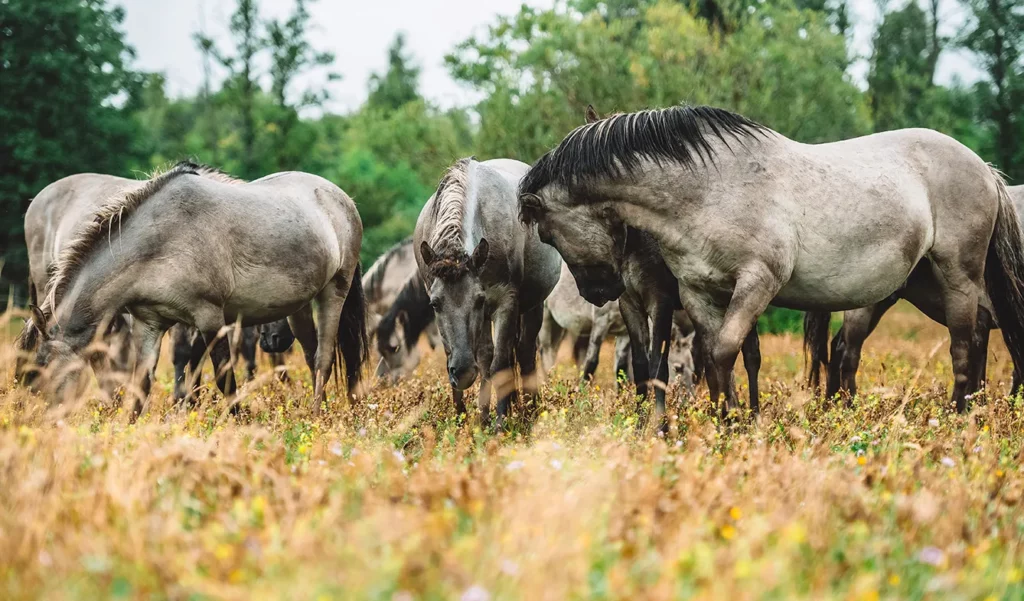

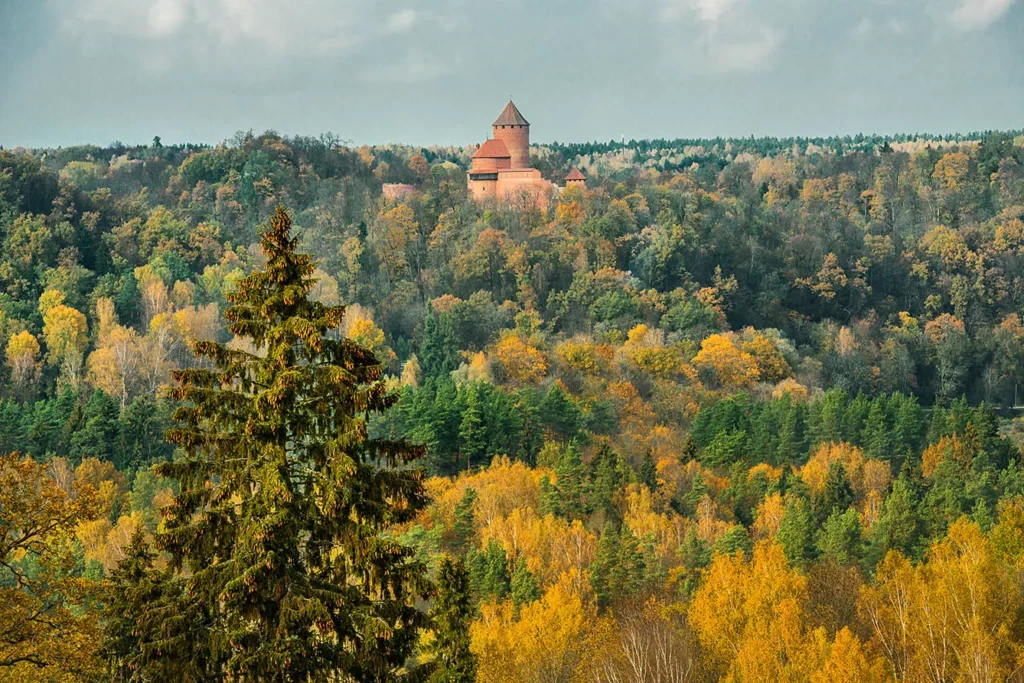
Ancient center of trade
The first people to arrive on the Latvian lands were the Finno-Ugrian tribes, which were the forefathers of Finns, Estonians, and Livonians (Livs). They settled in the area around 3000 BC. A millennium later, in 2000 BC, the Balts made their way to the same spot and decided to stay for good, giving the beginning to the nations of Lithuania and Latvia. That’s how far back the story goes. A Roman historian, Tacitus, mentions the lands, pointing to the blooming trade on the Baltic shores of today’s Latvia no more than two thousand years later. Business is booming, attracting more newcomers.
Vikings did not pass on such an opportunity and started raiding the area between the 9th and 11th centuries. However, the locals are fearless and go down in history as decisive opponents of the Scandinavian guests who came over with serious anger management problems. Suffice it to say the locals stood the test, and the trade was constantly developing. So much so that the good condition of trade invited the Germans and the Christian missionaries, who came to the lands in the second half of the 12th century. That is also when the first settlements were established. A century later, the city of Riga (today’s capital), established in 1201, became a major trade center and joined the Hanseatic League in 1282.
Foreign rules – a drama in four parts. Part one: Germans
Such quickly developing trading communities could not go unnoticed by the more powerful neighbors. Initially, the German conquests of the 14th century gave the beginning to the new entity known as Livonia. Interestingly, Germans formed an institution of the Livonian Order – a fraction later incorporated into the Teutonic Order – which shaped Courland’s history for many centuries. Courland was a historical Latvian and located on the Baltic coast.
It is even more surprising to realize that the German lords, who at this time secured their rights to land together with other privileges, kept their status until… the First World War! That’s almost six centuries – a very long time to dictate the cultural tone in lands located far from their original country. Livonia, in the form of a somewhat independent entity, fought bravely against the army of the Russian Tsar, Ivan the Great, but when his successor, Ivan the Terrible, continued to invade the lands, the Order (and by then – Livonian Confederation) ceased to exist in late 16th century.
Part two: Polish-Lithuanian Commonwealth and conquest of Africa
The above happened to the benefit of the Polish and Lithuanian Commonwealth. When the Kingdom won the battle of Grunwald with the Teutonic Order in 1410, the supremacy of the Teutonic Knights began to falter. Eventually, in 1525, the last master of the Teutonic Order surrendered and pledged his allegiance to the Polish and Lithuanian King. As the Commonwealth defeated its most serious enemy, gaining the territory as its fief, it moved further into the lands of the former Order, completely conquering present-day Latvia in 1562, except for Courland and Semigallia (these historical Latvian lands were immediate neighbors), which became a fief to the Commonwealth, granted by the King to a German dynasty, but we will return to that in a brief second.

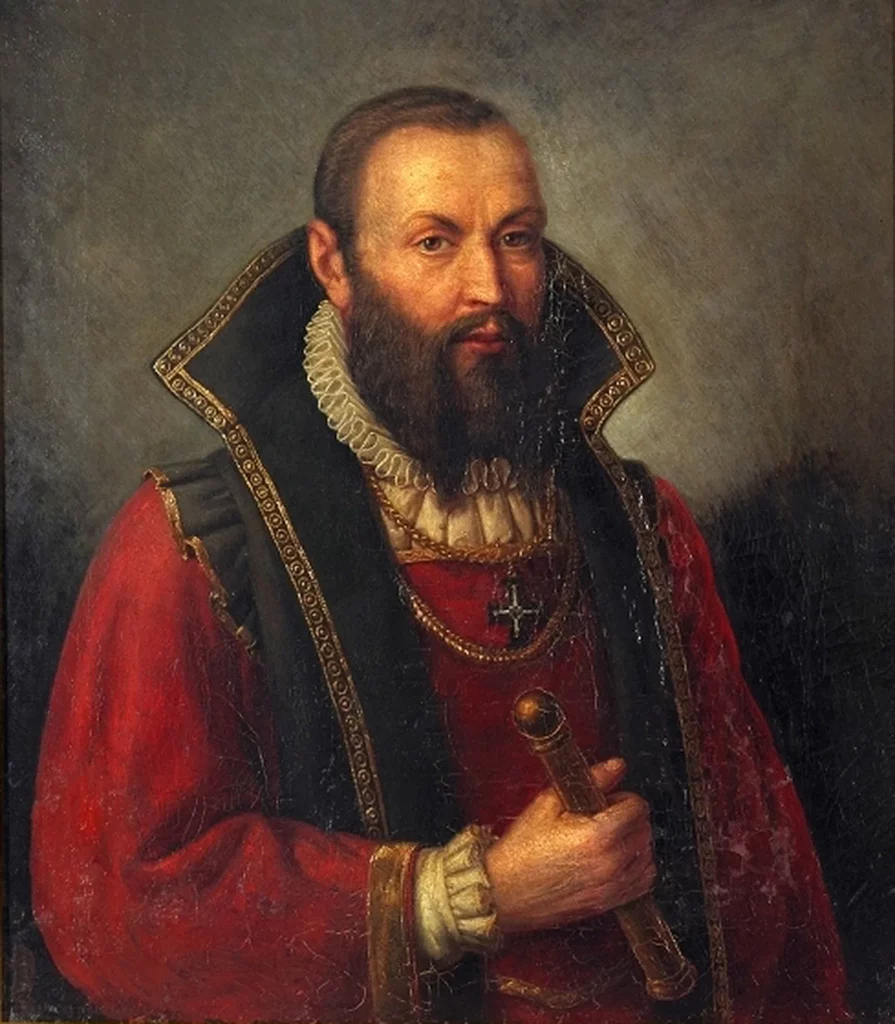
The fact that today’s Latvia fell under Polish and Lithuanian rule did not dramatically change the state of affairs in the freshly acquired lands. German lords kept their privileges, and the peasants continued working for their masters as if nothing had changed at all. Well, maybe the religion, as upon the fall of the Livonian Order Lutheranism became strong in the lands of what was to become today’s Latvia, but the Commonwealth practiced freedom of religion, so even this fact did not stir up the balance. Practically, therefore, the Livonia – Lithuania border was still clearly visible in the culture of the two nations, which never became one. Meanwhile, Courland and Semigallia became a true power on the seawater.
The Kettler dynasty, to whom the land belonged, were fearless heirs of the last master of the Livonian Order. The dukes were so bold that they gathered up their naval forces and launched a successful colonizing campaign in Africa. It is a big deal if you take into account that they were the smallest nation to do so, and, at the time, nearly all the greatest and most powerful domains were involved in colonization without the present-day reflection of whether it was the right thing to do. The Kettlers then joined the club as the smallest of the giants.
Part three: Scandinavians are back! The Swedish conquest
Polish and Lithuanian Commonwealth was particularly pleased to be in control of Riga – the jewel of trade. The city was properly incorporated into the Commonwealth in 1581. The Swedes, however, had a bone or two to pick up with this Central European power, and, following the Swedish dream of their land becoming a mighty kingdom around the Baltic sea, a series of wars broke out. As a result, the Commonwealth lost Riga to Sweden in 1621, making the current Latvian capital the biggest Swedish city at the time. This, however, did not mean that the Commonwealth lost its influence in the region.
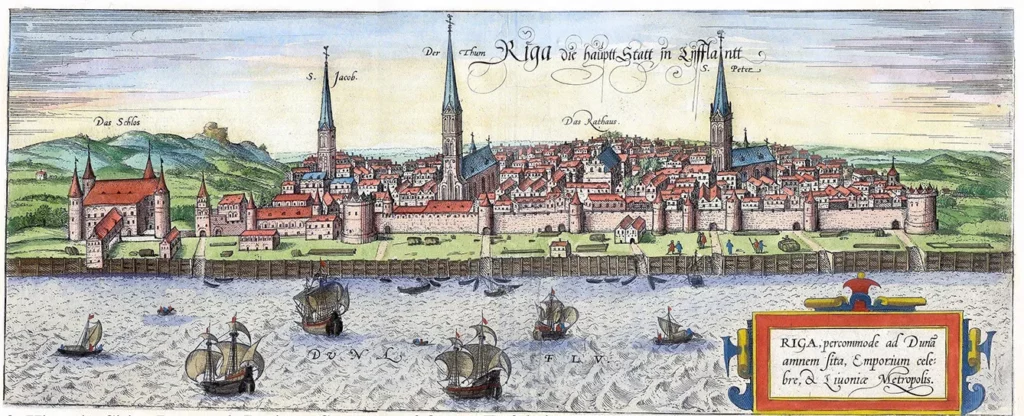
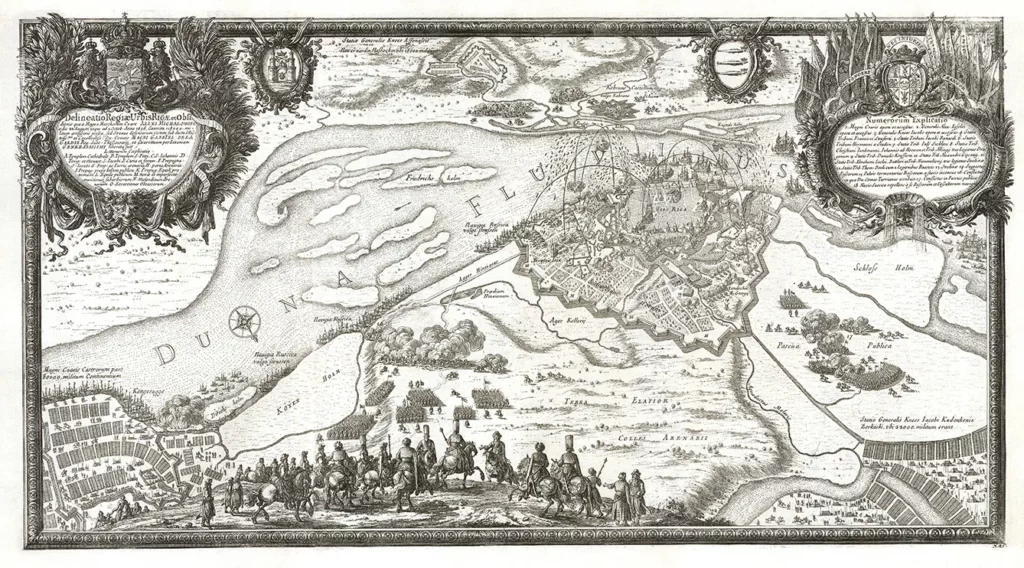
The most serious Commonwealth vs. Swedes conflict broke out in 1655, after long months of the Commonwealth’s armies trying to repel the Russian back across its Eastern borders. In effect, Polish and Lithuanian dominion was simultaneously involved in two bloody conflicts: with Russia (1654 – 1657) and Sweden (1655 – 1660). Why is this important when we are supposed to talk about the history of Latvia? Clearly, when those three powers were in dispute, to put it lightly, the lands of Latvia were, in turn, changing hands.
The Swedes were finally pushed back from all the lands of the Commonwealth in 1660. However, Russia did not quench its thirst for Latvia’s lands. In fact, the empire was carefully nourishing its ambitions. This led to the Great Northern War of 1700-1721, which ended Swedish supremacy and brought with it the era of Russian rule.
Part four: the Russians are here to stay for a looong time
The Great Northern War brought about the dominance of Russia. Step by step, the Tsars took over the entire region of today’s Latvia. What did it change for the people? Paradoxically – not that much at first (depending on which part of the land you were from.) Granted, the German lords were stripped of their privileges, but the western part of today’s Latvia remained under the influence of the German legal thought.
Eastern lands were less fortunate and saw Russia’s attempts at destabilizing the Latvian majority with its harsh, unfair laws. After the fall of the Polish November Uprising (1863), which gave Latvians hope of liberation from the occupier, it became clear that Russians were here to stay. And so they stayed, with Russian rule present (with a break for a brief period of time) virtually until 1995. But there were other changes on the way, which could not be stopped even by the Russian presence.
Industrial revolution to awake the Latvian spirit
The world began changing. The industrial revolution of the 19th century swept across the globe and reached the lands of Latvia. Riga became connected by rail with Liepāja and, with its port expanded, drew the industry and people to settle there. As many Latvians left the countryside in search of a better fate in the cities, the horizons of the nation, which until this moment was deprived of equal access to education, broadened. Latvians started to study their nation’s history, and just as the industry changed the face of the countries, the consciousness of the people also shifted.
They slowly began to realize their potential and became aware of their history. They were no longer ashamed of their ethnic origin and started to proudly cultivate Latvian traditions. Festivals, which would normally take place only in the countryside, made a grand entry into the cities. The spirit of the nation was awake. Expressed by such events as the cyclical Song Festival or making bold Latvian statements in architectural design, the Great National Awakening was in full swing.
First Independence
This strengthened spirit made it possible for Latvia to stand on its own two feet for the first time. After the First World War, Latvia declared its independence (1918), with the interwar period being one of the most prosperous decades the country was yet to see. The industry was in full bloom. The hardworking Latvians rolled their sleeves and started building their country from the ashes. The capital city of Riga was to receive a new, bold image representing the proud nation. The wheels were turning and the direction was clear; what could possibly go wrong?
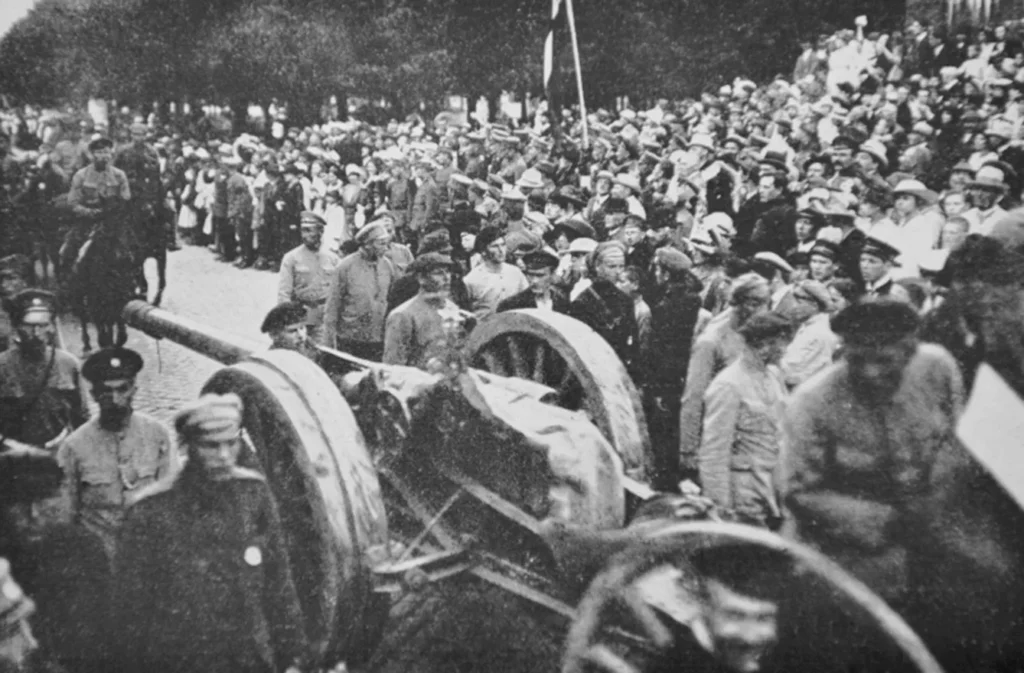
Ribbentrop-Molotov sold Latvia to the devil himself
Under the secret treaty between Nazi Germany and Russia, Latvia was swiftly occupied by the latter power after the outbreak of the Second World War (1940). However, the terror brought by the Soviets in the first year of occupation was so inhumane that many welcomed the arrival of Germans in 1941 with a sense of relief. Not that the evil was stopped then, not in the least! Nazi Germans were still imposters who persecuted the people (especially the Jews) yet their occupation was not as openly brutal as what the Latvians experienced in the first year of the war from the Russians.
When the Soviets tried to reenter, many Latvians fought alongside the occupier (Germany) to stop them from gaining control. Unfortunately, they failed, and Russian rule returned by 1945. Similarly to Poland, forest troops of resistance were formed, launching a guerilla campaign against the imposters, but the Soviets were too strong and ultimately (and brutally) hushed Latvian fighters by 1956. In the late 1950s, they changed tactics from murdering local people to introducing growing numbers of Russian immigrants. Latvians, therefore, shared the fate of all countries of the old Soviet block, and just like the Poles, Lithuanians, and Estonians, they kept the Latvian spirit alive.
The wind of change
As the Cold War slowly drained the occupier, with the new policies introduced by Gorbachev, repressed nations felt the opportunity and slowly raised their heads. Latvia followed suit. The democratic People’s Front began the battle for freedom. A dumbfounding manifestation took place in 1989 when a chain made from human hands was formed across the Baltic States.
Its 600 kilometers in length drew a tangible line telling the occupiers: enough! We are strong together, and we are many! You will not continue to silence us! A force like that could no longer be stopped, and after declaring independence in 1990, Latvia was officially recognized as an independent state by other countries in 1991. However, it took further four years for the Russian occupier to leave the borders of independent Russia, which finally happened in 1995.
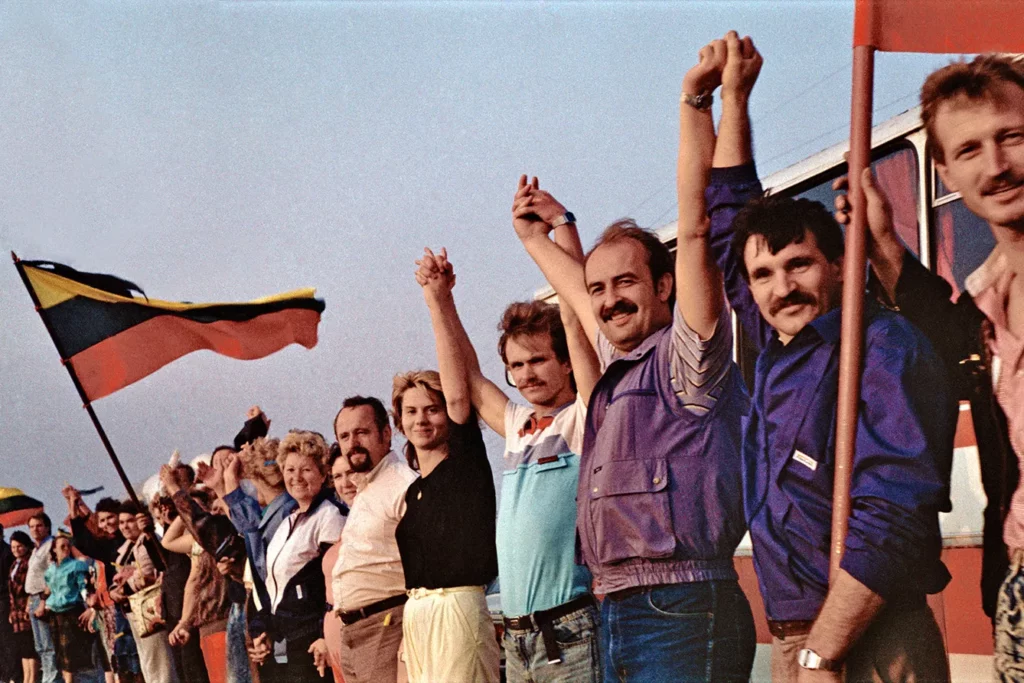
Cultural revival
What good an independent state is when Russians infiltrated it for decades? With the majority of people using the Russian language and with only a third of Russians leaving for their motherland after Latvia freed itself from Soviet rule, Latvians were in danger of losing their independence unless something was to be done. Great influence was since put to cultivate the Latvian language and culture. People had to remember who they were and what were they roots, and after such a long time of oppression, this was not an easy task. Eventually, however, the brilliant spirit of Latvians prevailed, and the nation dropped its Soviet shackles, becoming a modern European society. In 2004 Latvia joined the EU and NATO, which was an extremely important step in ensuring Russia would never dream of redrafting the maps and taking over Latvian lands ever again.
Latvia today
In 2018 Latvia celebrated one hundred years since the first declaration of independence. The country, the development of which was set back by nearly half a century of Soviet occupation, is constantly growing, facing the challenges of today. Its people are welcoming and strong with their culture, which they enjoy sharing with every visitor that makes an effort to get to know their beautiful country. Hopefully, you will soon become one of them!







